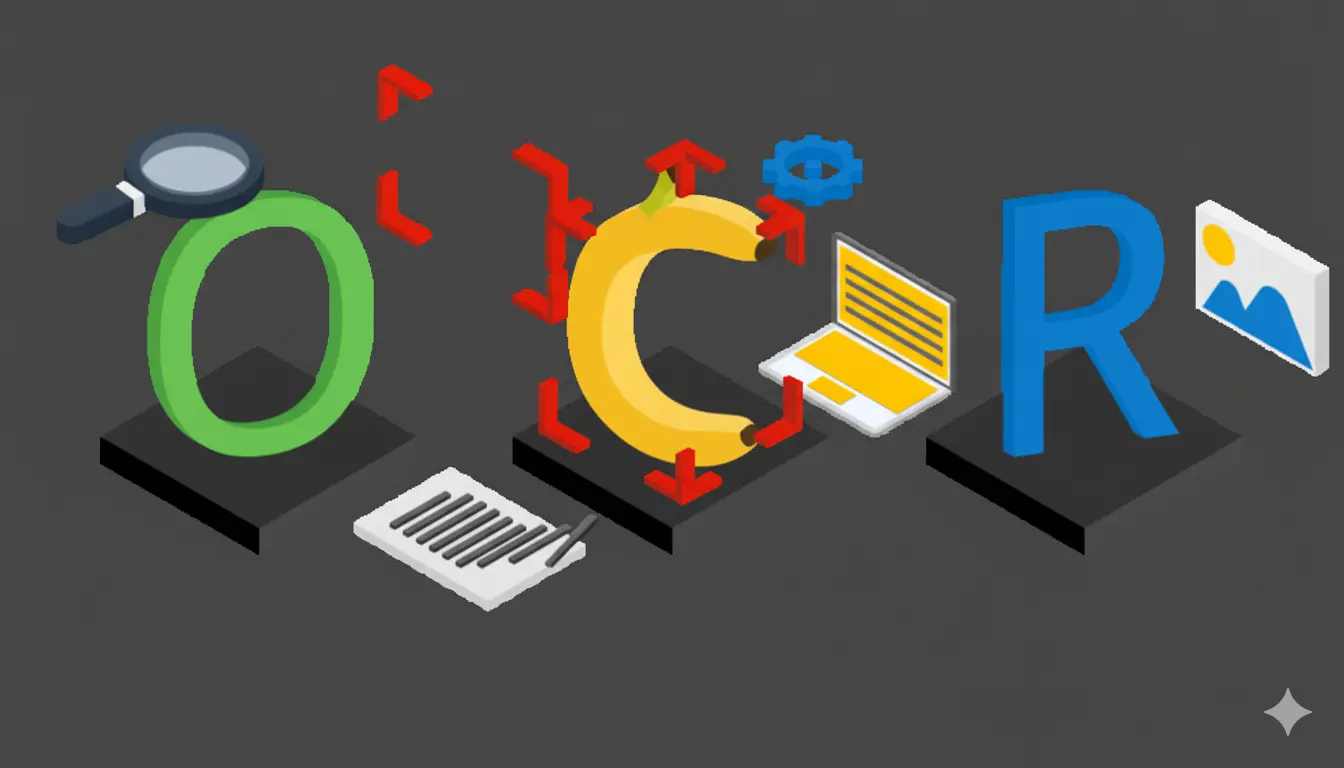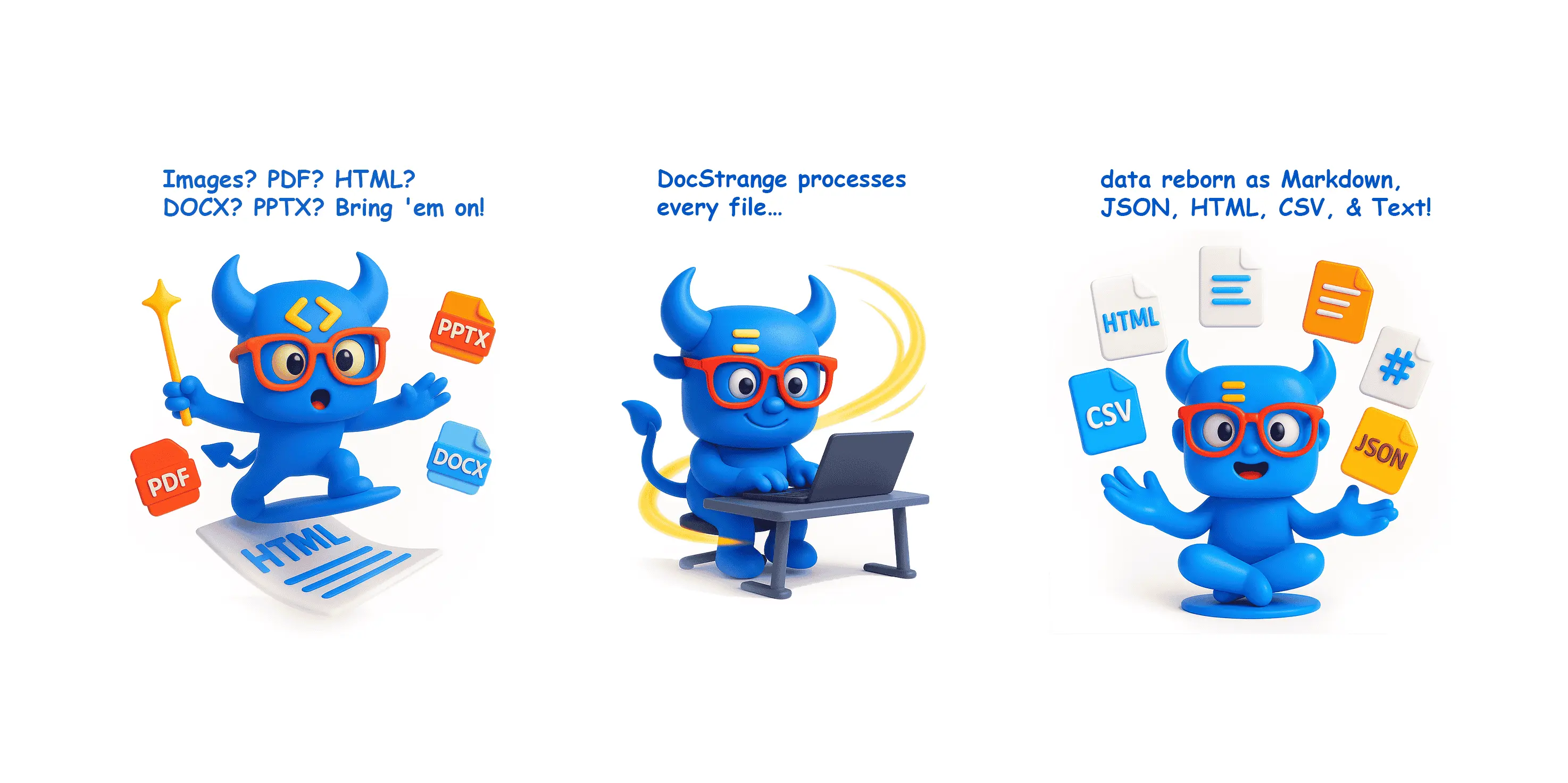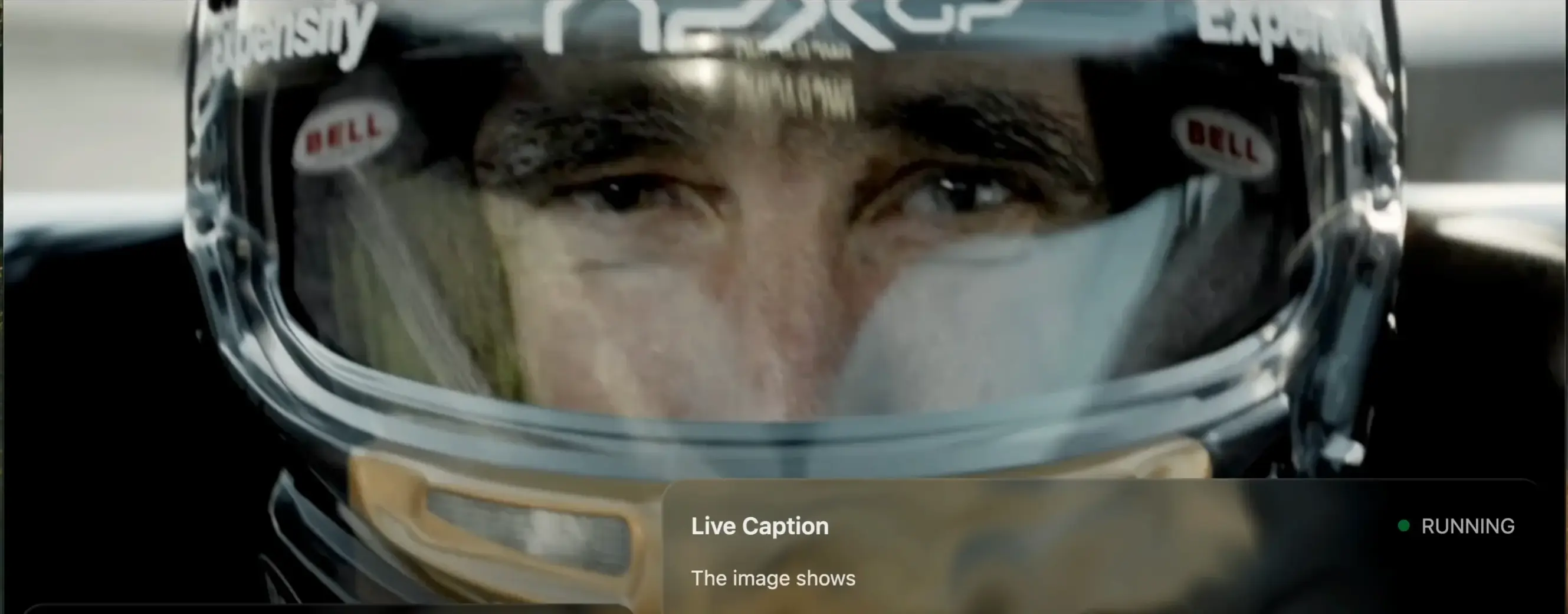
Size Doesn't Matter: How Baidu's Tiny 0.9B Model Outperforms GPT-4o in Document AI
PaddleOCR-VL delivers SOTA performance with 80x fewer parameters than competitors, redefining OCR capabilities
When a 0.9-billion parameter model outperforms billion-dollar foundation models from tech giants, you know something interesting is happening. Baidu’s PaddleOCR-VL ↗ isn’t just another OCR tool, it’s a paradigm shift in specialized AI that proves bigger isn’t always better.
The open-source model recently claimed the #1 spot on the OmniBenchDoc V1.5 leaderboard with a composite score of 90.67, beating proprietary heavyweights like GPT-4o, Gemini 2.5 Pro, and Qwen2.5-VL-72B. With only 0.9 billion parameters compared to Qwen’s 72 billion, PaddleOCR-VL ↗ achieves what many considered impossible: matching, and sometimes exceeding, closed-source performance while being small enough to run in a browser plugin.

The Unmatched Performance That Breaks All Expectations

The numbers tell a compelling story. On the official OmniBenchDoc V1.5 evaluation, PaddleOCR-VL achieves approximately 85% accuracy in formula recognition, 88% in table structure analysis, and 90% in reading order comprehension. These aren’t marginal improvements, they’re substantial leaps over established players.
What’s particularly telling is how developers have reacted. This sentiment reflects a broader trend in the AI community where specialized models are increasingly outperforming general-purpose ones in their specific domains.
The performance extends beyond standard benchmarks. Real-world testing reveals that PaddleOCR-VL maintains its accuracy edge even with complex documents like financial reports, academic papers, and multilingual technical manuals. It excels at extracting not just text but also separate elements like QR codes and stamps, while delivering highly accurate table reconstruction.
Technical Architecture: The Secret Sauce Behind the Magic
PaddleOCR-VL’s architecture reveals why it punches so far above its weight class. Built around three core components, it demonstrates the power of focused optimization rather than brute-force scaling.
Vision Encoder: The model uses NaViT Dynamic Resolution Encoder, which adapts processing precision based on document complexity rather than applying one-size-fits-all scaling. This dynamic approach saves approximately 30% computational resources compared to fixed-resolution solutions while maintaining critical details that matter for document parsing.
Language Model: At its core sits ERNIE-4.5-0.3B, a lightweight but specialized language understanding engine. This represents a departure from the massive general-purpose language models that power broader VLMs, instead focusing computational resources specifically on document understanding tasks.
Fusion Mechanism: The vision-language cross-modal alignment converts image information into structured text with remarkable precision, handling everything from mathematical formulas to complex table structures.
What makes this architecture particularly effective is its specialization. Unlike general-purpose models that must allocate resources across countless tasks, PaddleOCR-VL dedicates its entire architecture to one domain: document understanding. This focused approach explains how a sub-billion parameter model can outperform giants with orders of magnitude more parameters.
Real-World Applications That Actually Work

The practical implications are staggering. Academic researchers can now parse complex papers with multi-column layouts, mathematical formulas, and reference lists automatically. Financial institutions can process invoices that require extracting not just text but separating QR codes and stamps as distinct elements, something even expensive proprietary solutions struggle with.
Multilingual support spans 109 languages including Chinese, English, Japanese, Arabic, Russian, and various minority languages. This broad coverage makes it particularly valuable for global enterprises dealing with documents across multiple regions and writing systems.

The model excels at handling complex layouts that traditional OCR systems typically fail on. It can process documents with mixed column formats, embedded tables, mathematical formulas, and even handwritten annotations, all while maintaining proper reading order comprehension.
Formula recognition deserves special mention. Simple printed formulas achieve 98%+ accuracy, while complex printed formulas like matrices and integrals reach 95%+. Even camera-scanned formulas with distortion and blur maintain 92%+ accuracy, and handwritten formulas lead other models by more than 10 percentage points at 88%+ accuracy.
The Speed Advantage: Faster Than Fast
Performance isn’t just about accuracy, it’s about efficiency. PaddleOCR-VL delivers its impressive capabilities while being significantly faster than alternatives. Benchmarks show it’s 14.2% faster than MinerU2.5 and a staggering 253.01% faster than dots.ocr.
This speed advantage becomes critical in production environments where latency matters. Traditional OCR solutions often sacrifice accuracy for speed or vice versa, but PaddleOCR-VL delivers both. The model’s ability to run on standard CPUs rather than requiring expensive GPU infrastructure makes it accessible to organizations without massive computational resources.

One practical consideration emerged from community testing: resolution optimization. As one developer noted, “As long as your image is around 1080p, it works pretty well. I was running it on 4k and 1440p images and it was missing most of the text. When I resized it to 1080p, worked like a charm.” This reflects the model’s optimization for practical use cases rather than theoretical maximums.
The Deployment Revolution: From Cloud APIs to Browser Plugins
Perhaps the most revolutionary aspect of PaddleOCR-VL is its deployment flexibility. Unlike closed models that require API calls and come with usage-based pricing, PaddleOCR-VL can be deployed locally, eliminating privacy concerns and ongoing costs.
The model’s compact size makes browser plugin deployment feasible, something unimaginable with larger vision-language models. This opens up new possibilities for offline document processing, privacy-sensitive applications, and cost-effective scaling without vendor lock-in.
Getting started is straightforward:
For production environments, Docker deployment provides reliable scaling:
Why This Changes Everything for Document AI
The success of PaddleOCR-VL represents more than just technical achievement, it signals a fundamental shift in how we approach AI development. The era of “bigger is better” may be giving way to “smarter is better” as specialized models demonstrate superior performance in targeted domains.
For organizations, the implications are profound. The total cost of ownership for document processing systems drops dramatically when you can replace expensive API calls with locally-deployed models that outperform their cloud-based counterparts. The privacy benefits are equally significant, sensitive documents never leave organizational control.

The open-source nature ensures transparency and community-driven improvement. Already, PaddleOCR-VL has been integrated into several prominent open-source projects including RAGFlow, MinerU, Umi-OCR, and OmniParser, creating an ecosystem that accelerates adoption and refinement.
The Future Is Specialized
PaddleOCR-VL’s success demonstrates that specialized models optimized for specific tasks can outperform general-purpose giants while being dramatically more efficient. This trend extends beyond document AI, we’re seeing similar patterns emerge in coding assistants, medical imaging, and scientific research.
As one developer summarized after comparing PaddleOCR-VL against multiple commercial solutions: “Our company has been using PaddleOCR for text recognition for several years, very stable! Just compared PaddleOCR-VL with ChatGPT, Gemini, and Doubao, took a super blurry photo with my phone and had them recognize it, PaddleOCR-VL crushed them directly, total win!”
The lesson for AI practitioners is clear: specialization beats generalization when you need peak performance in a specific domain. As the AI landscape evolves, we’re likely to see more models following PaddleOCR-VL’s playbook, small, focused, and devastatingly effective at their designated tasks.
While general-purpose models will continue to have their place for broad applications, the future of high-performance AI appears to belong to the specialists. And in the world of document understanding, PaddleOCR-VL has just raised the bar for what’s possible with intelligent specialization.



